Home>Furniture & Design>Outdoor Furniture>How To Protect Outdoor Metal Furniture From Rust
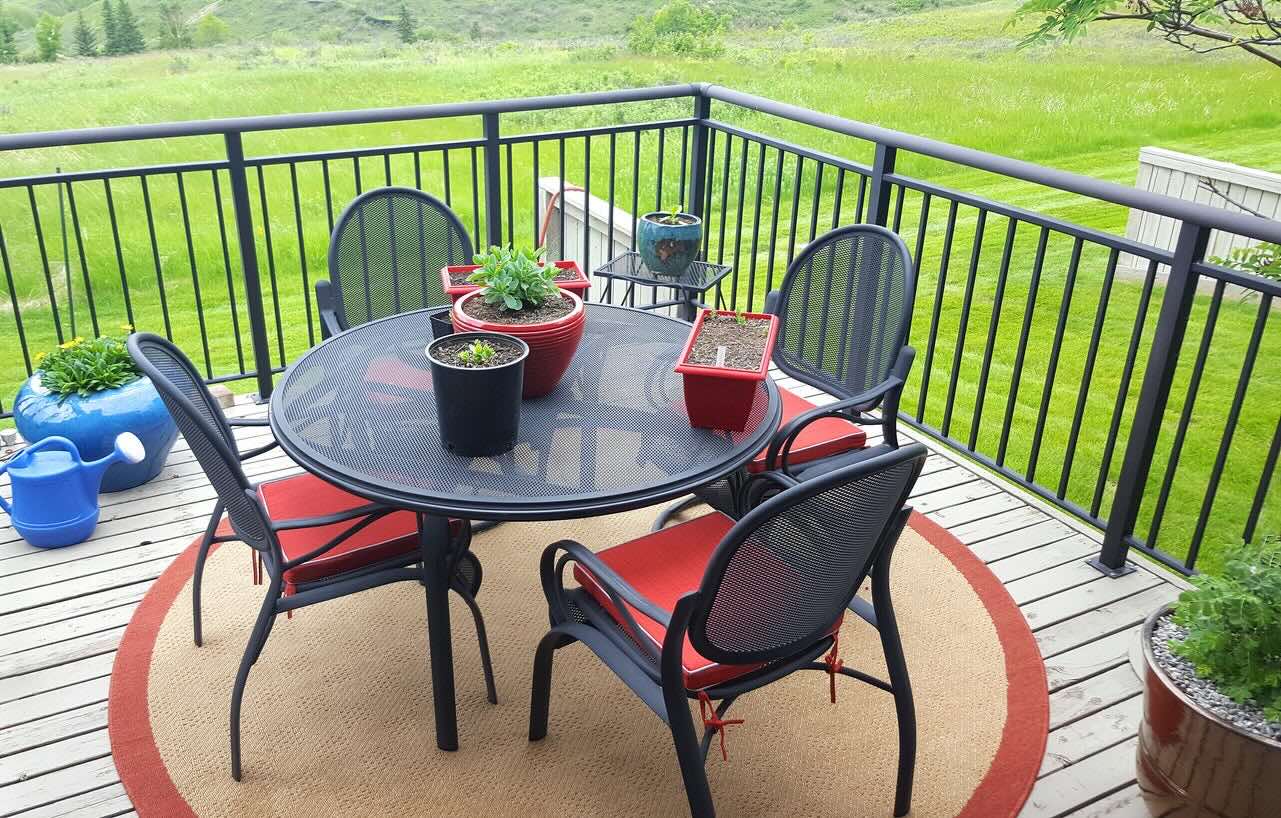

Outdoor Furniture
How To Protect Outdoor Metal Furniture From Rust
Published: January 12, 2024
Discover effective ways to prevent rust on your outdoor metal furniture. Keep your outdoor furniture looking great for years with these simple tips. Protect your investment today!
(Many of the links in this article redirect to a specific reviewed product. Your purchase of these products through affiliate links helps to generate commission for Storables.com, at no extra cost. Learn more)
Introduction
Outdoor metal furniture adds a touch of elegance and durability to any outdoor space, be it a cozy patio, a sprawling garden, or a charming balcony. However, the natural elements, such as moisture and oxygen, can lead to the formation of rust, potentially tarnishing the beauty and longevity of your beloved outdoor metal furniture. Fear not, as with the right knowledge and care, you can protect your outdoor metal furniture from rust and ensure its continued splendor for years to come.
In this comprehensive guide, we will delve into the intricacies of rust formation, effective cleaning and maintenance techniques, the application of protective coatings, and the importance of proper storage and covering. By the end of this journey, you will be equipped with the expertise to safeguard your outdoor metal furniture from rust, preserving its allure and functionality amidst the ever-changing outdoor elements.
So, let's embark on this enlightening exploration, empowering you to become a guardian of your outdoor metal furniture, shielding it from the clutches of rust and weathering, and ensuring that it remains a cherished and enduring centerpiece of your outdoor oasis.
Key Takeaways:
- Protect your outdoor metal furniture from rust by cleaning, drying, and inspecting it regularly. Apply a protective coating and store it properly to maintain its beauty and durability.
- Understanding rust formation and implementing protective measures such as cleaning, coating, and proper storage can help preserve the allure and functionality of your outdoor metal furniture for years to come.
Understanding Rust
Before delving into the protective measures, it is essential to comprehend the enemy we aim to thwart: rust. Rust, scientifically known as iron oxide, is a reddish-brown coating that forms on iron or steel due to the reaction of metal with oxygen and moisture. When outdoor metal furniture is exposed to the elements, such as rain, dew, or humidity, the moisture in the air initiates a chemical reaction with the iron in the metal, leading to the formation of rust.
This process, known as oxidation, weakens the metal and compromises its structural integrity, eventually leading to corrosion and deterioration. Rust not only mars the aesthetic appeal of metal furniture but also undermines its durability, potentially rendering it unsafe and unsuitable for use.
Moreover, rust is a relentless adversary, capable of spreading and penetrating deeper into the metal if left unchecked. Therefore, understanding the conditions that foster rust formation and its detrimental effects is crucial in formulating an effective defense strategy to safeguard outdoor metal furniture from this pervasive threat.
By gaining insight into the underlying mechanisms of rust formation, you will be better equipped to implement proactive measures to prevent its onset and preserve the pristine condition of your outdoor metal furniture. Let’s now explore the proactive steps you can take to combat rust and uphold the allure and longevity of your outdoor metal furniture.
Cleaning and Maintenance
Regular cleaning and maintenance are paramount in preventing the onset and progression of rust on outdoor metal furniture. Here are some effective techniques to keep your outdoor metal furniture gleaming and rust-free:
- Regular Cleaning: Begin by removing any loose debris, such as leaves or dirt, from the furniture using a soft-bristled brush or a gentle blast of water from a garden hose. For stubborn dirt or grime, a mild detergent solution and a sponge can be used to gently scrub the surfaces. Ensure thorough rinsing to eliminate any residue that might contribute to rust formation.
- Drying: After cleaning, it is imperative to thoroughly dry the metal furniture to prevent the accumulation of moisture, which is a catalyst for rust. Wipe the furniture with a clean, dry cloth or allow it to air-dry completely before proceeding with any protective measures or storage.
- Inspect for Damage: Regularly inspect the metal furniture for any signs of chipping paint, scratches, or exposed metal. Address these areas promptly by applying touch-up paint or a rust-inhibiting primer to prevent corrosion from taking hold.
- Lubrication: Hinges, joints, and moving parts of metal furniture can benefit from occasional lubrication with a silicone-based lubricant to prevent friction-induced wear and inhibit rust formation in these vulnerable areas.
By incorporating these cleaning and maintenance practices into your routine, you can effectively mitigate the risk of rust formation and preserve the pristine condition of your outdoor metal furniture, ensuring that it remains a testament to enduring beauty and functionality in your outdoor haven.
To protect outdoor metal furniture from rust, regularly clean and dry the furniture, apply a rust-resistant primer and paint, and use a protective cover during inclement weather.
Applying Protective Coating
One of the most effective strategies to shield outdoor metal furniture from rust is the application of a protective coating. These coatings act as a barrier, safeguarding the metal from the corrosive effects of moisture and oxygen. Here are the key steps to applying a protective coating:
- Surface Preparation: Before applying a protective coating, it is crucial to prepare the surface of the metal furniture. This involves removing any existing rust, dirt, or old paint using a wire brush, sandpaper, or a chemical rust remover. Thoroughly clean and dry the surface to ensure optimal adhesion of the protective coating.
- Choosing the Right Coating: Select a high-quality protective coating suitable for outdoor metal surfaces. Options include rust-inhibiting primers, enamel-based paints, or specialized metal coatings designed to provide long-lasting protection against rust and corrosion.
- Application Technique: Apply the protective coating in thin, even layers using a brush, roller, or spray gun, following the manufacturer’s instructions for the specific product. Ensure complete coverage of all exposed metal surfaces, including intricate details and crevices.
- Drying and Curing: Allow the applied coating to dry and cure thoroughly as per the manufacturer’s recommendations. This crucial step ensures the formation of a durable and resilient barrier that effectively shields the metal from rust-inducing elements.
- Maintenance and Reapplication: Regularly inspect the protective coating for any signs of wear, chipping, or deterioration. Promptly address any compromised areas by recoating them to maintain the integrity of the protective barrier and sustain the defense against rust.
By diligently applying a protective coating and adhering to proper maintenance practices, you can fortify your outdoor metal furniture against the relentless threat of rust, ensuring its enduring beauty and structural integrity in the face of the ever-changing outdoor environment.
Storing and Covering
Proper storage and covering are integral components of a comprehensive rust-prevention strategy for outdoor metal furniture. These measures provide crucial protection during periods of inclement weather or prolonged periods of non-use. Here’s how you can effectively store and cover your outdoor metal furniture:
- Seasonal Storage: During off-peak seasons or inclement weather, consider storing your outdoor metal furniture in a dry, sheltered location such as a garage, shed, or storage unit. This shields the furniture from the corrosive effects of rain, snow, and fluctuating humidity levels, significantly reducing the risk of rust formation.
- Use of Furniture Covers: Invest in high-quality, weather-resistant covers specifically designed for outdoor furniture. These covers act as a protective barrier, shielding the metal furniture from direct exposure to moisture, UV rays, and other environmental factors that contribute to rust formation.
- Proper Ventilation: When storing metal furniture in enclosed spaces, ensure adequate ventilation to prevent the buildup of moisture, which can accelerate rust formation. Use breathable materials or incorporate ventilation openings in the storage area to maintain optimal air circulation.
- Elevating Furniture: When covering metal furniture outdoors, consider elevating the pieces slightly off the ground to prevent prolonged contact with moisture. This mitigates the risk of trapped moisture and condensation, reducing the likelihood of rust formation on the furniture’s undersides.
- Regular Inspection: Periodically inspect stored or covered furniture for any signs of moisture accumulation or condensation. Address any issues promptly by adjusting the covers, improving ventilation, or employing moisture-absorbing materials to maintain a dry environment around the furniture.
By integrating proper storage practices and utilizing quality covers, you can shield your outdoor metal furniture from the detrimental effects of moisture, humidity, and other environmental factors, ensuring that it remains resilient against rust and ready to grace your outdoor space with enduring elegance and functionality.
Conclusion
As we conclude this insightful journey into protecting outdoor metal furniture from rust, it is evident that a proactive and diligent approach is essential in preserving the beauty and longevity of these cherished pieces. By understanding the mechanisms of rust formation and implementing effective protective measures, you can safeguard your outdoor metal furniture from the corrosive effects of the elements.
Regular cleaning, maintenance, and the application of protective coatings serve as formidable defenses against rust, ensuring that your outdoor metal furniture remains resilient and visually captivating. Furthermore, the judicious use of storage and covers during off-peak seasons or adverse weather conditions provides an additional layer of protection, shielding the furniture from moisture and environmental factors that can accelerate rust formation.
By embracing these protective strategies and integrating them into your routine care for outdoor metal furniture, you not only prevent the unsightly effects of rust but also prolong the life and utility of these pieces, allowing them to continue enhancing your outdoor spaces for years to come.
So, as you tend to your outdoor metal furniture with care and dedication, envision a future where these timeless pieces stand as beacons of enduring beauty, impervious to the relentless march of rust and corrosion. With your newfound knowledge and commitment to preservation, your outdoor metal furniture will continue to grace your outdoor sanctuary, a testament to resilience and timeless elegance amidst the ever-changing elements.
Embrace the role of a guardian, protecting your outdoor metal furniture from rust and weathering, and revel in the enduring allure and functionality these pieces bring to your outdoor haven.
Frequently Asked Questions about How To Protect Outdoor Metal Furniture From Rust
Was this page helpful?
At Storables.com, we guarantee accurate and reliable information. Our content, validated by Expert Board Contributors, is crafted following stringent Editorial Policies. We're committed to providing you with well-researched, expert-backed insights for all your informational needs.
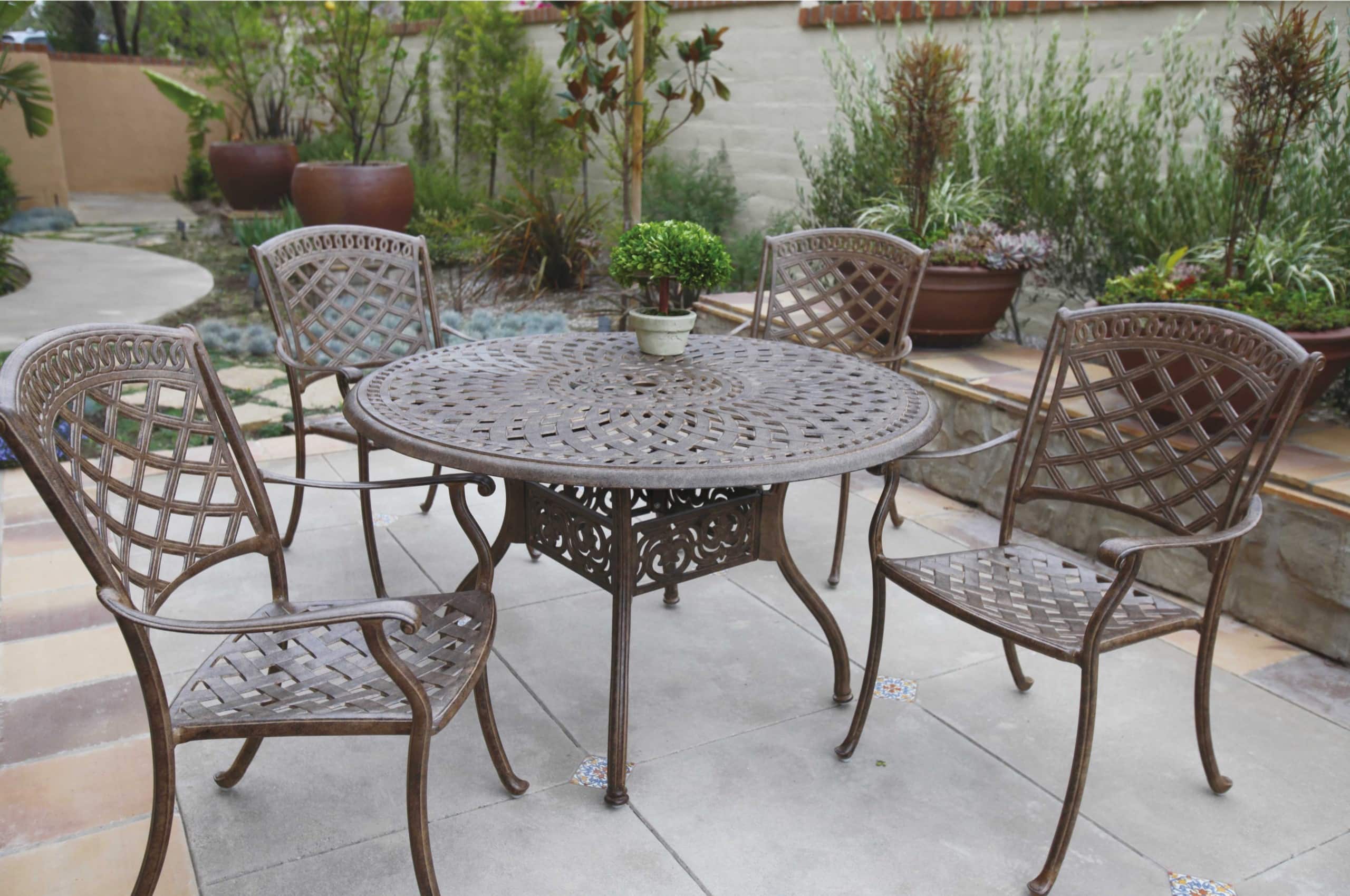
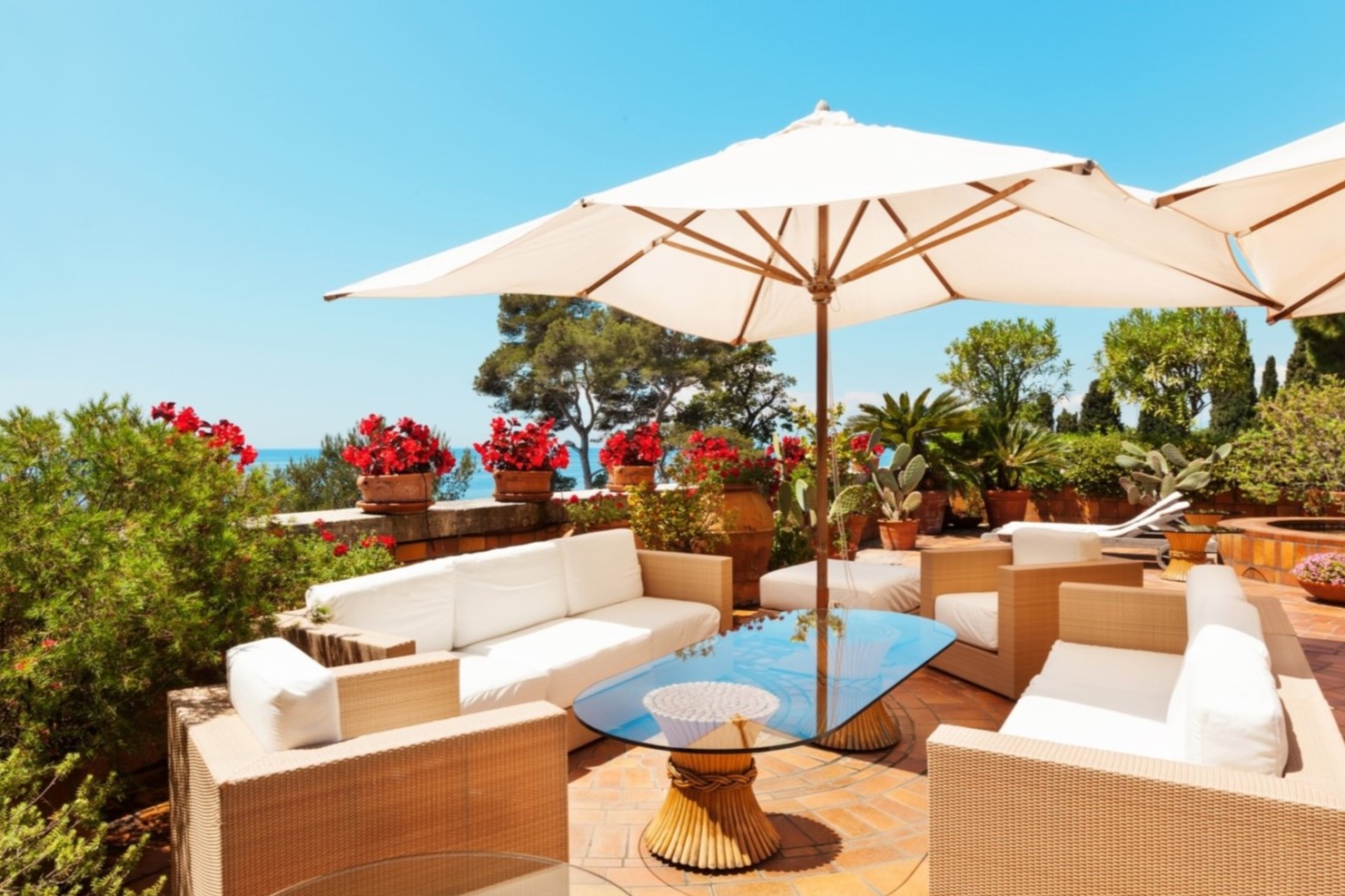
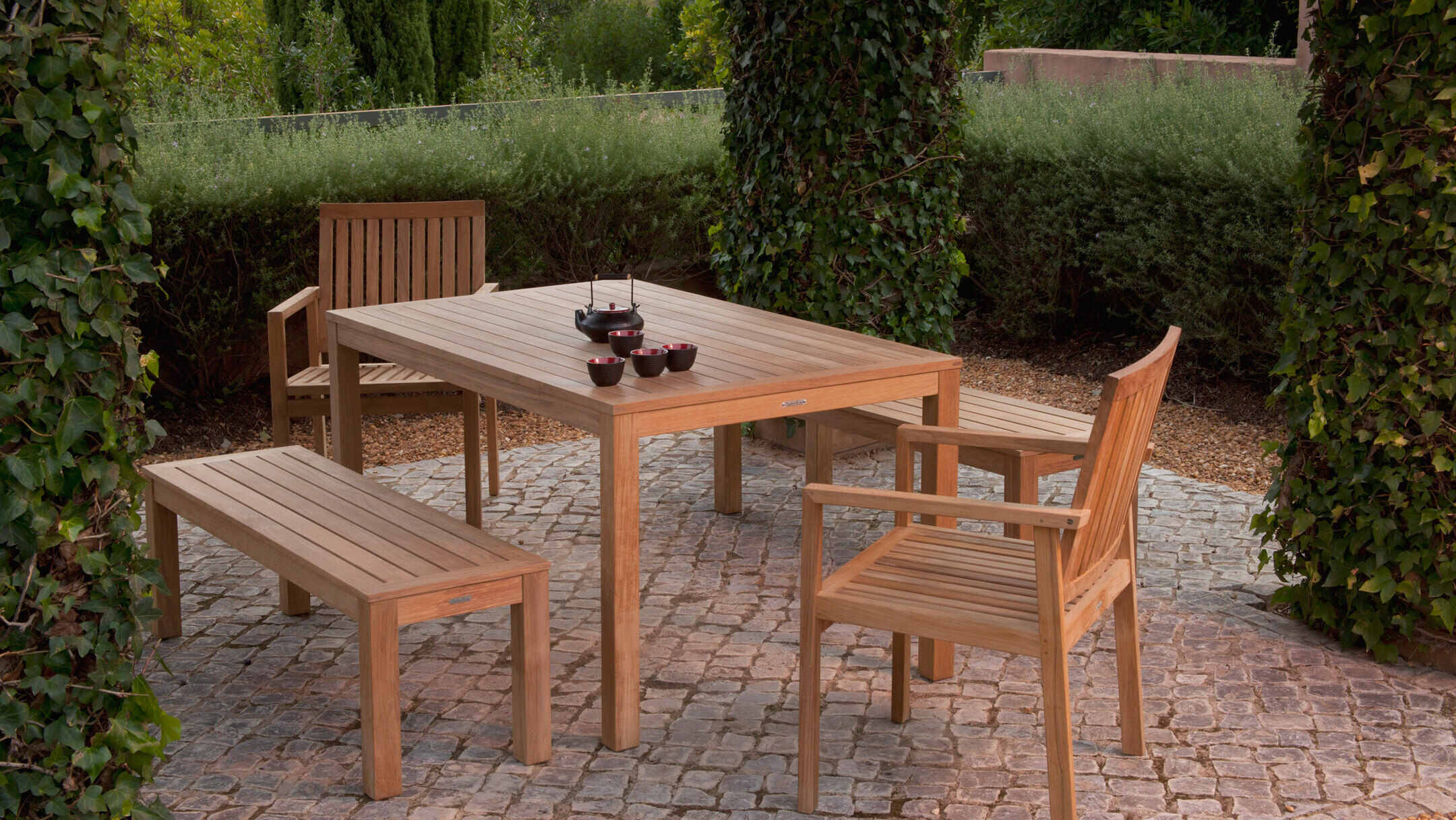
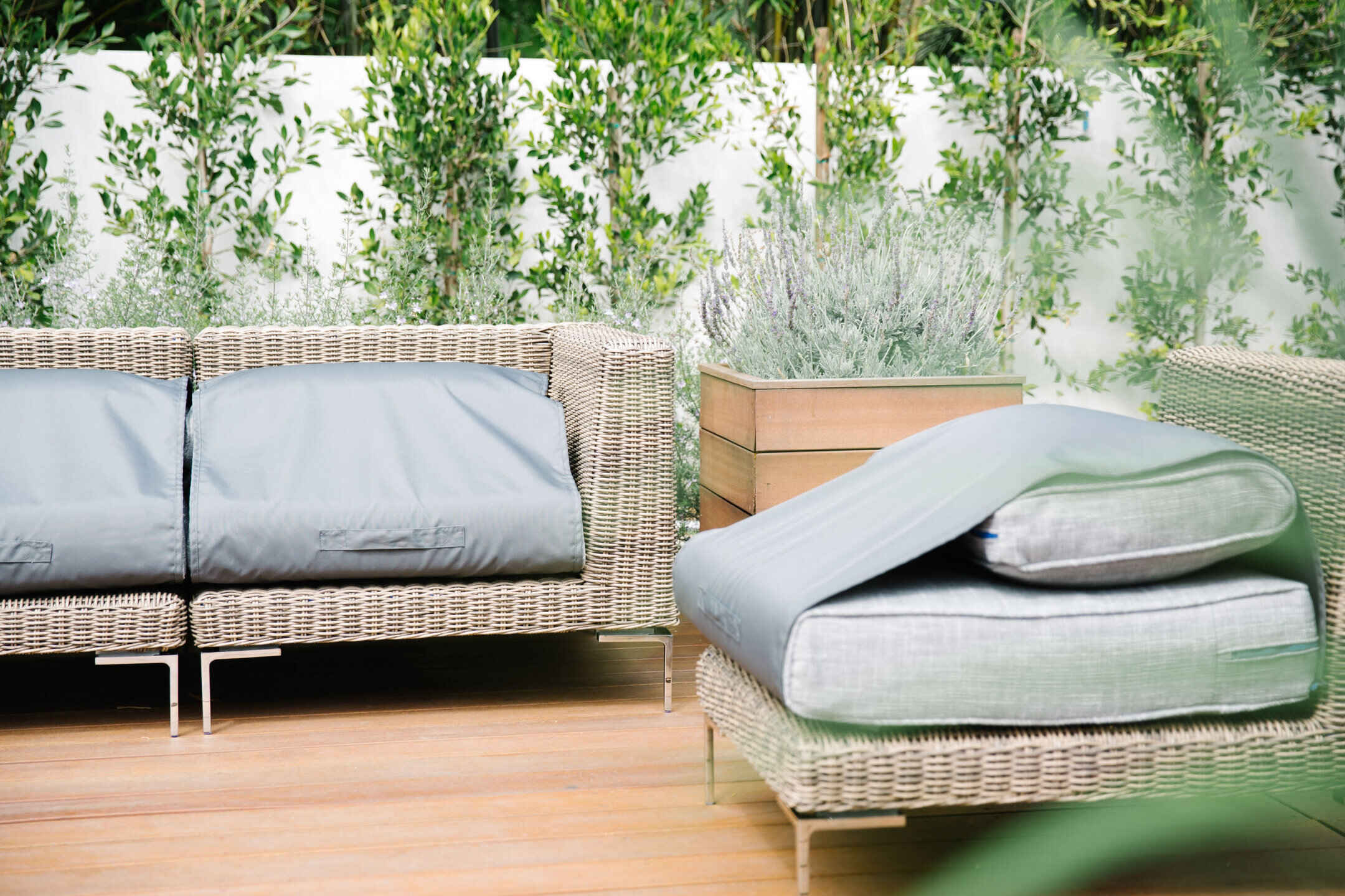
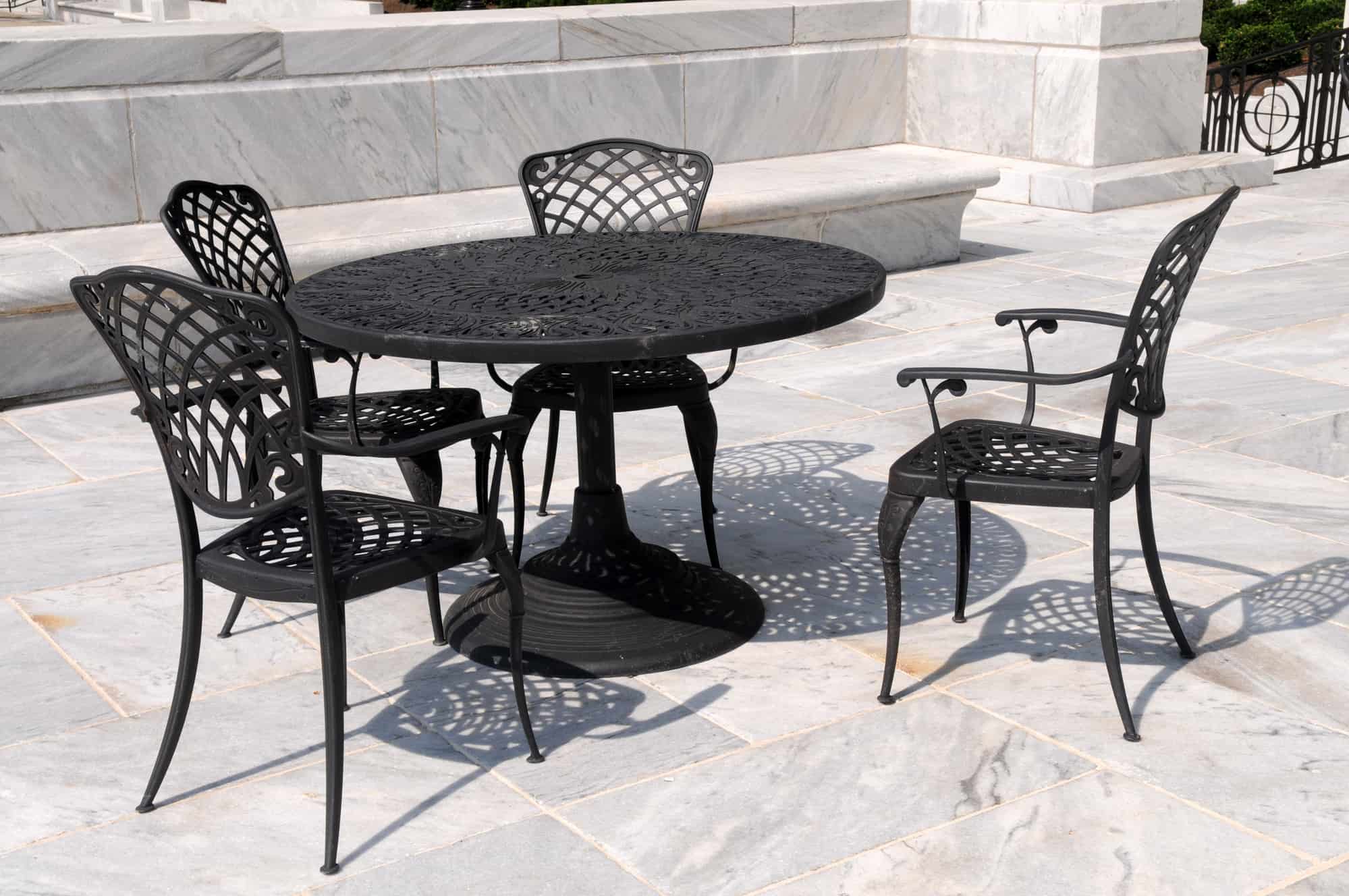
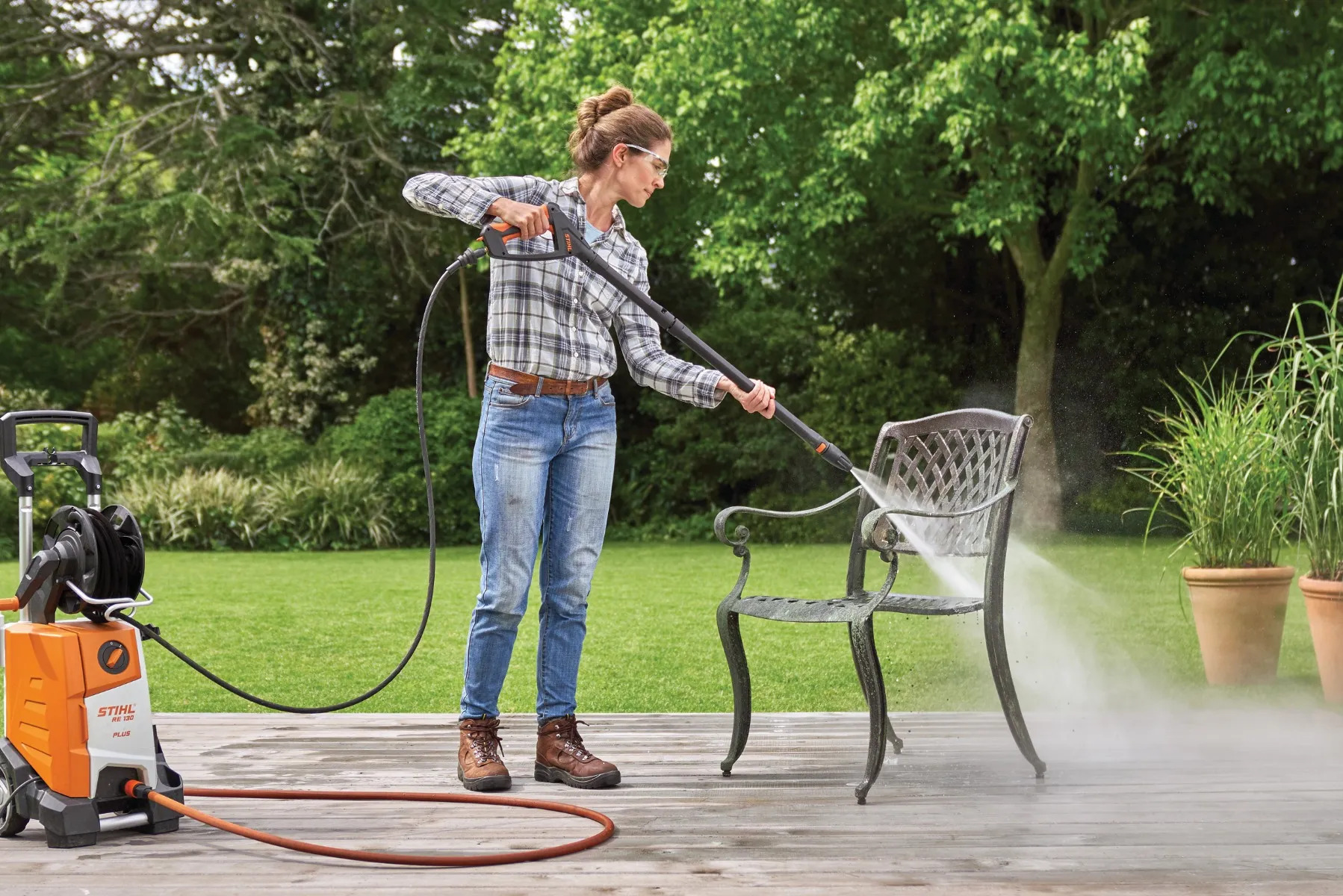
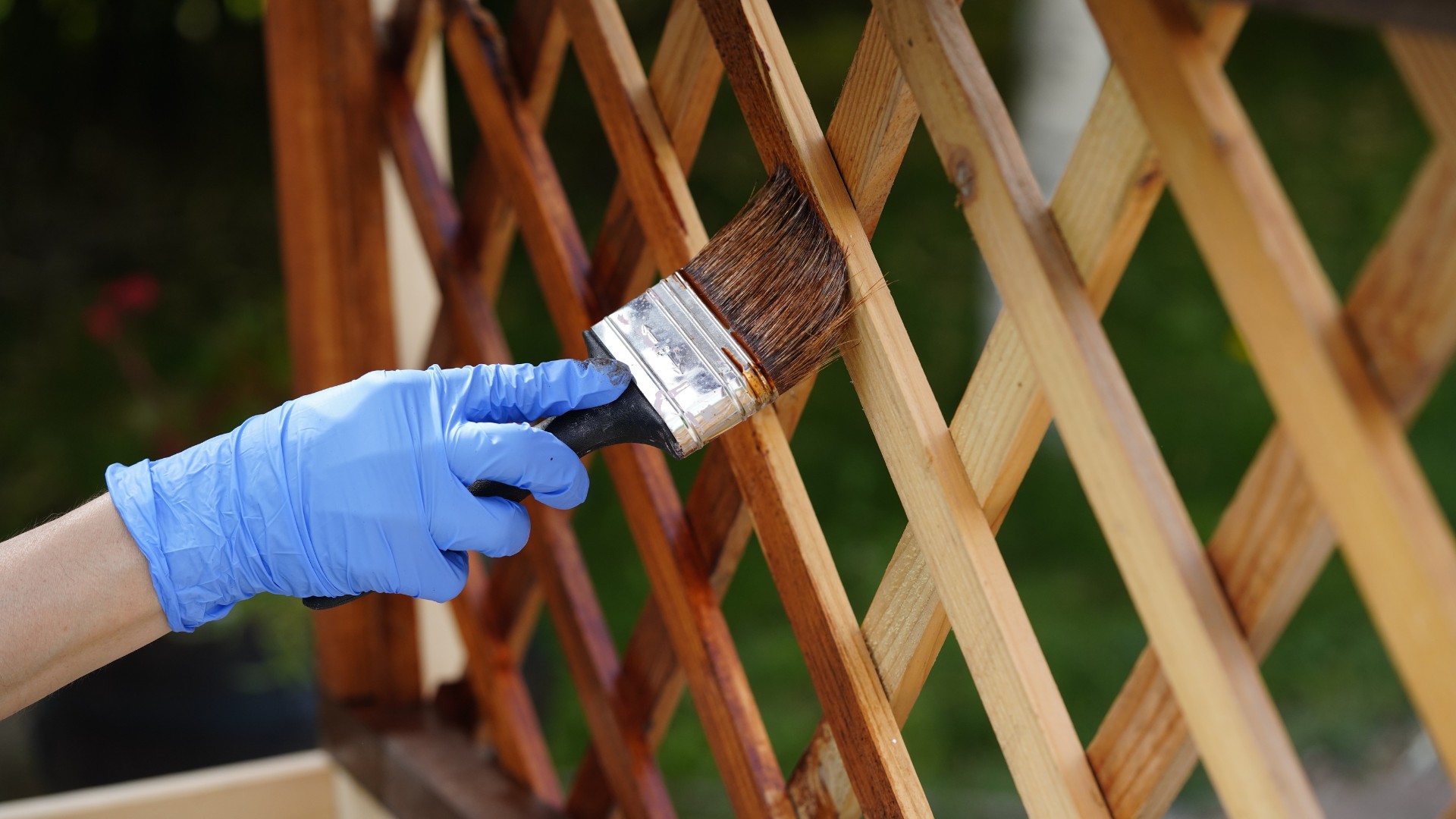
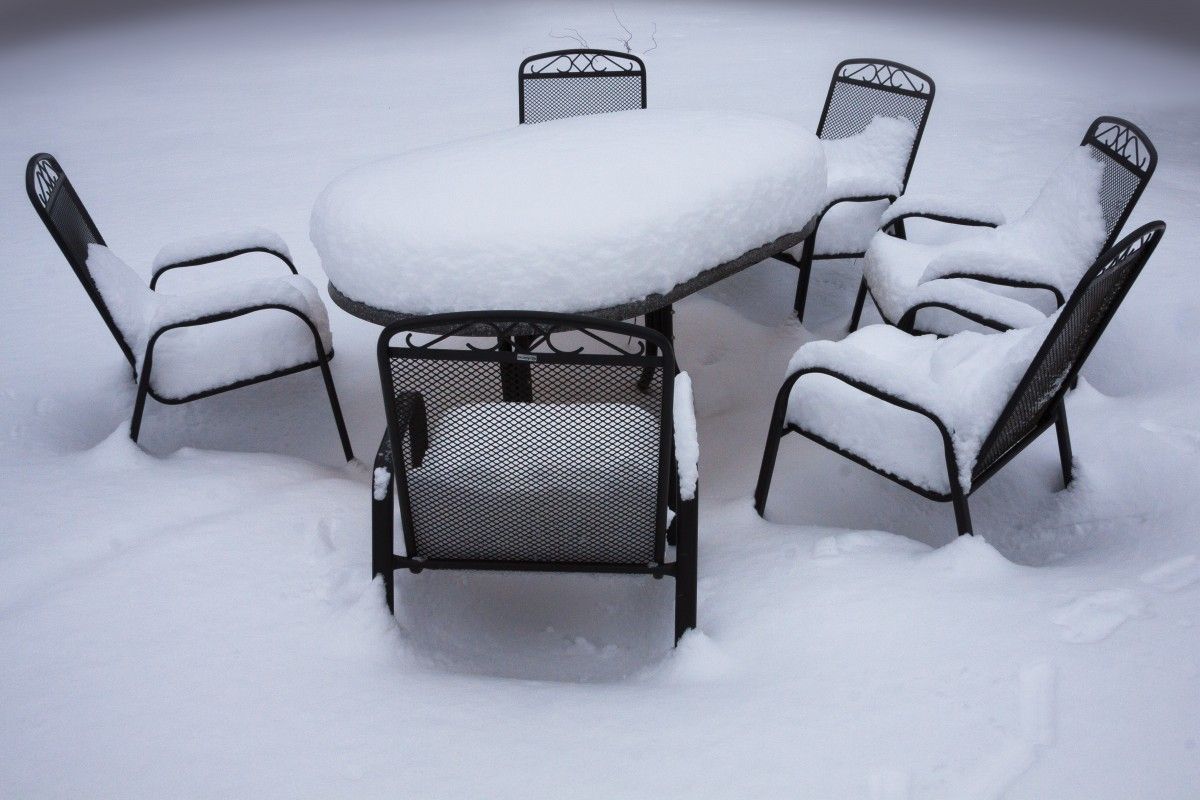
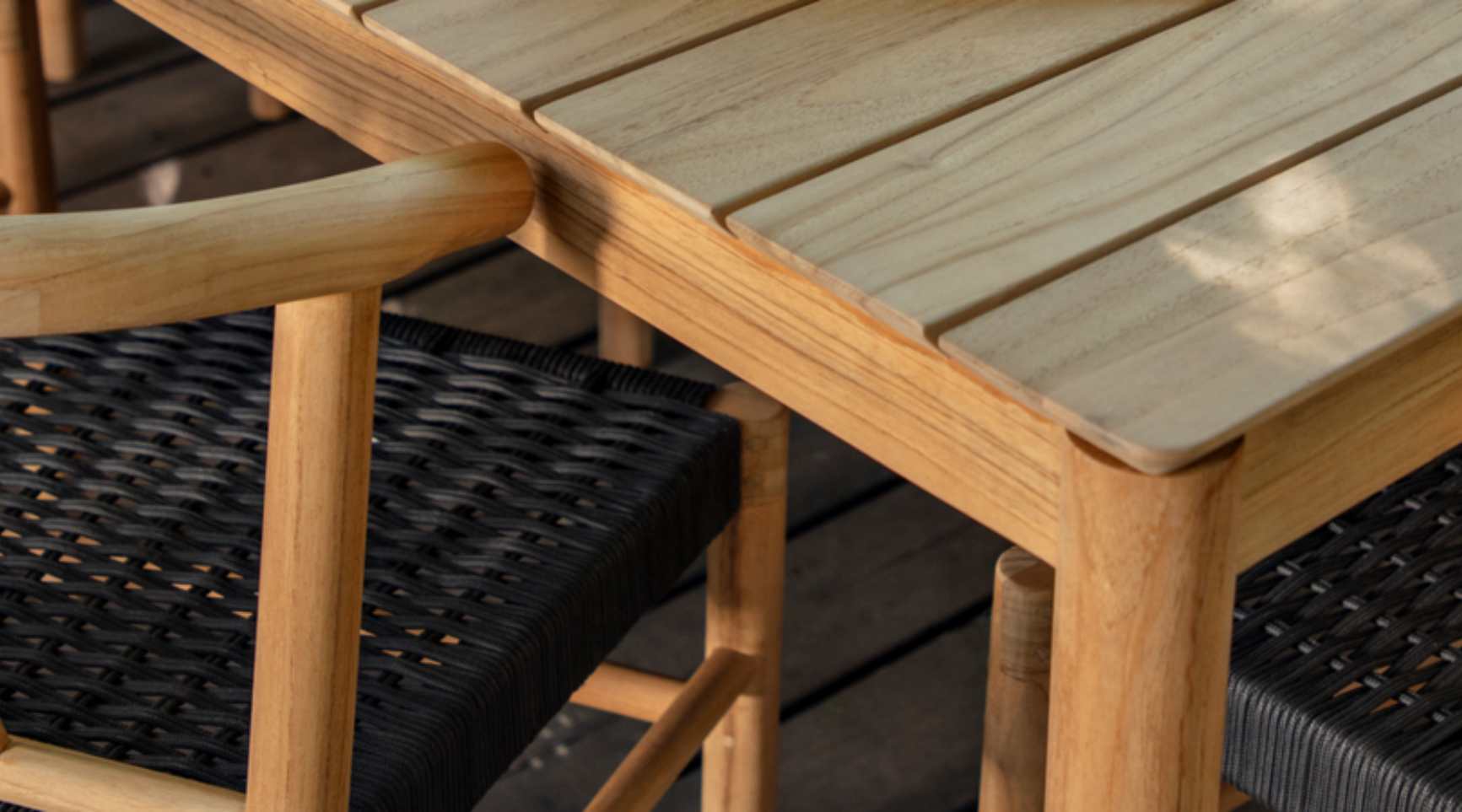
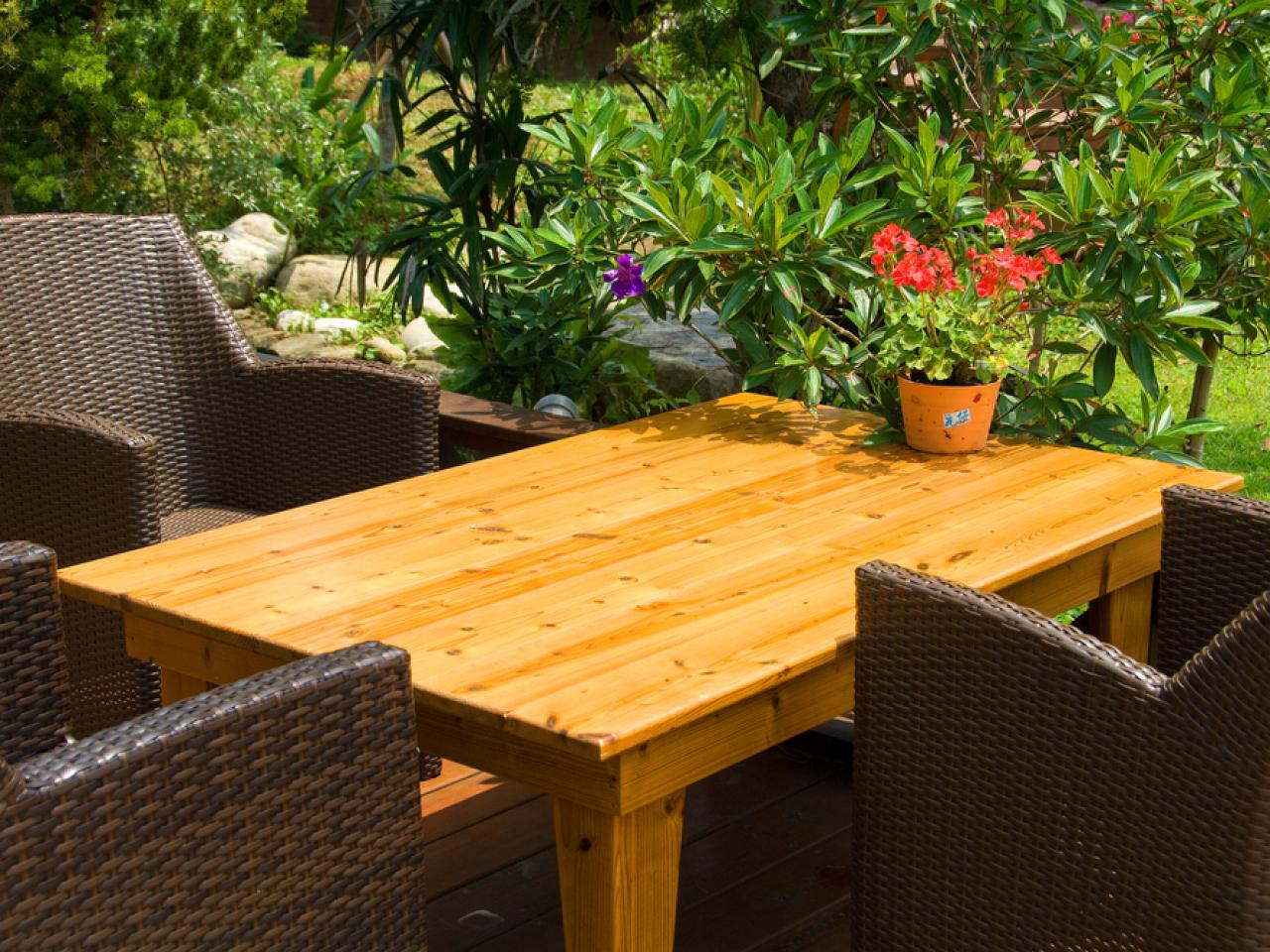
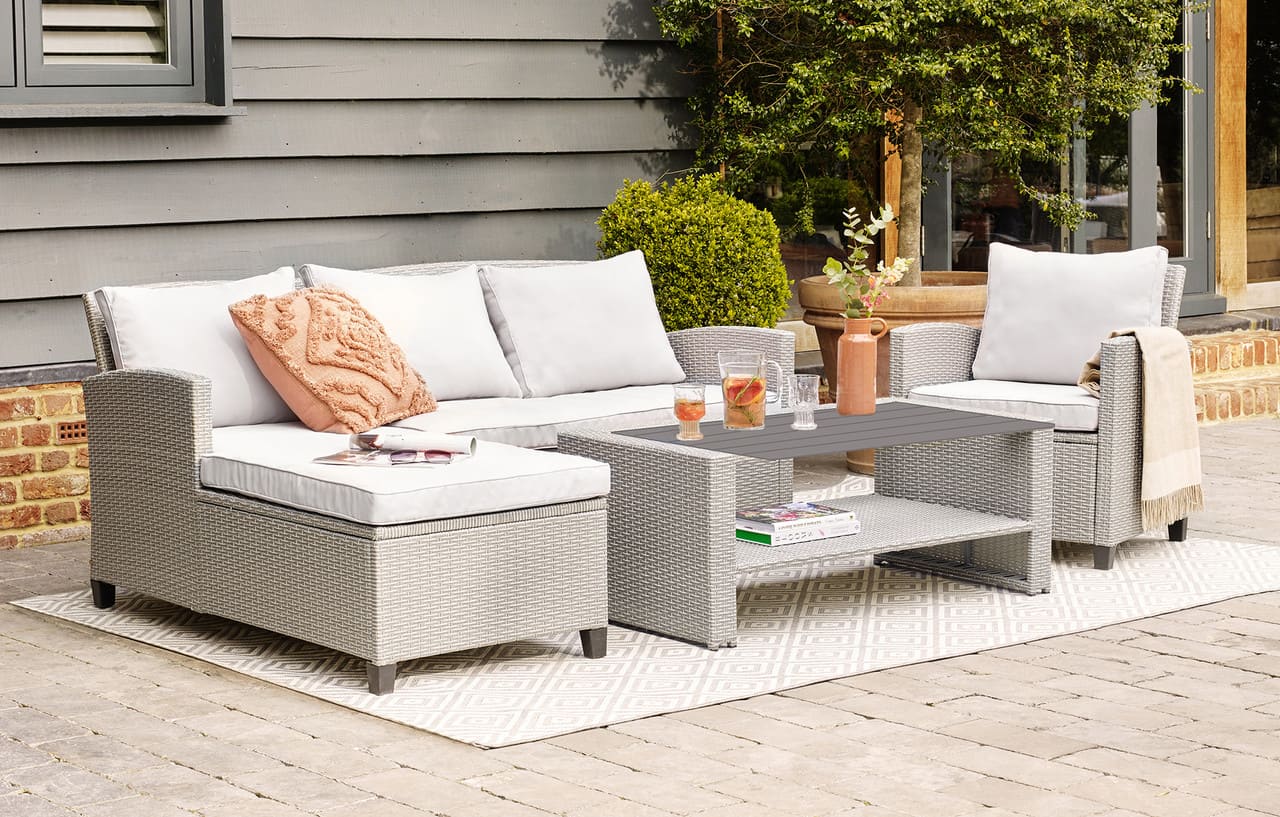
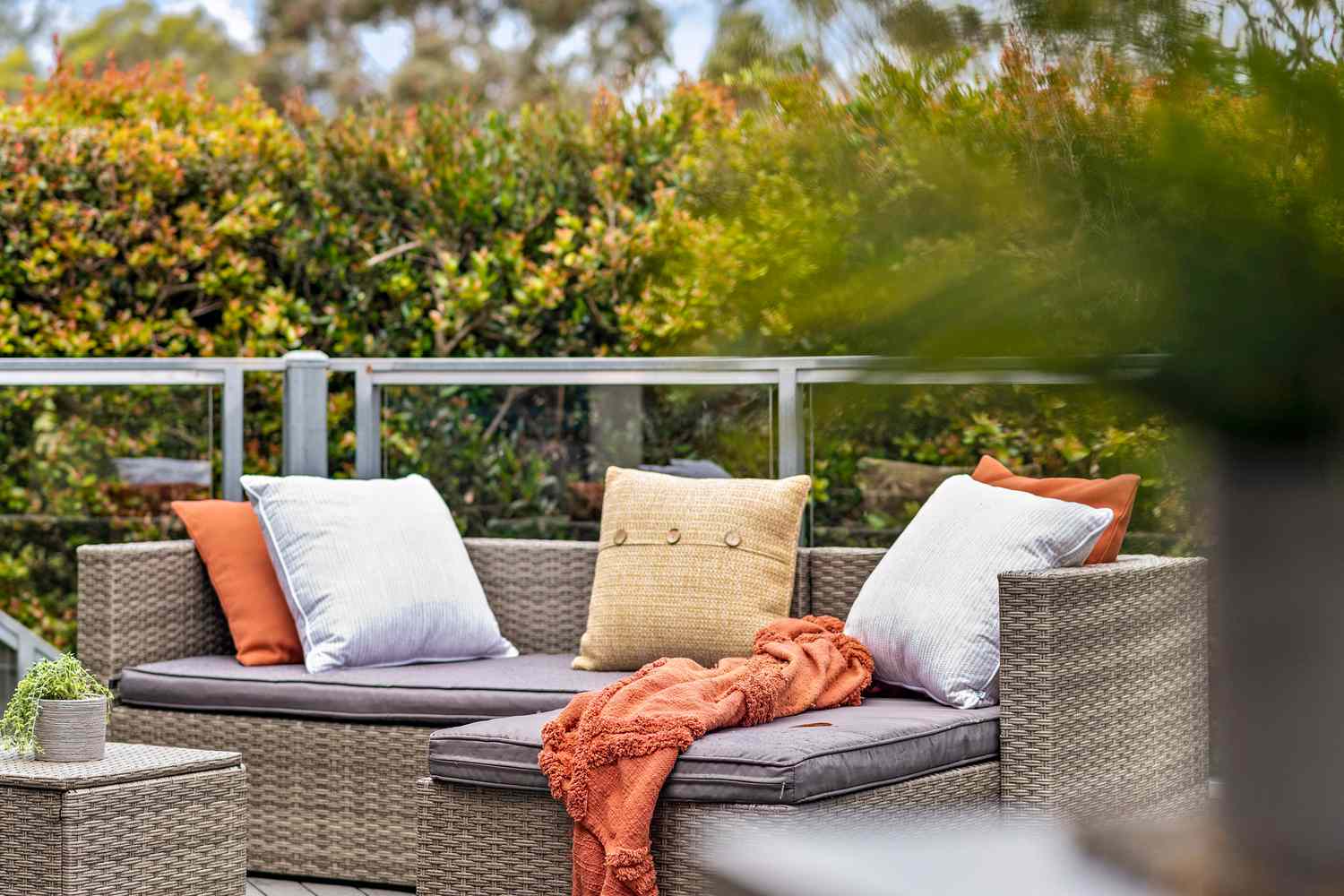
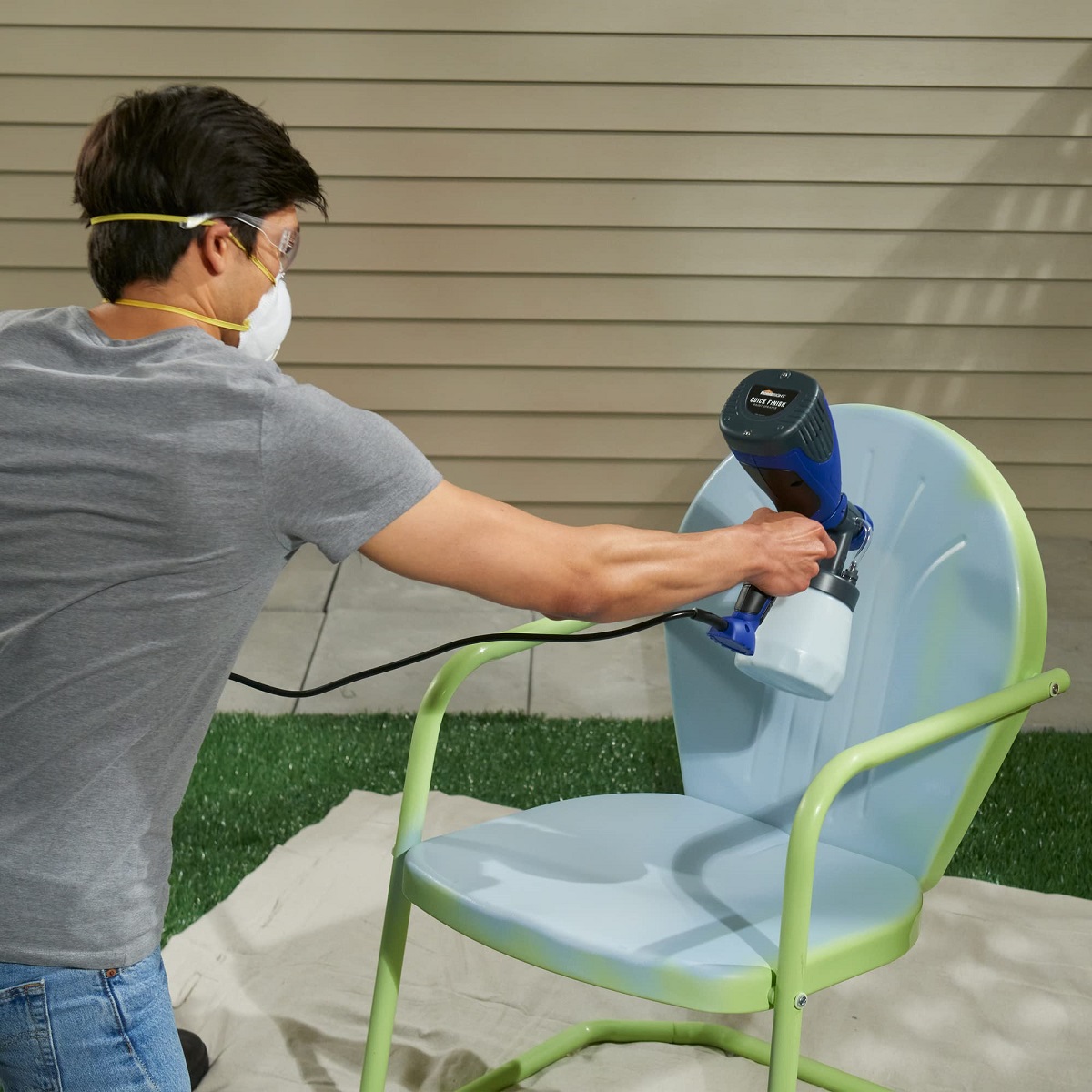
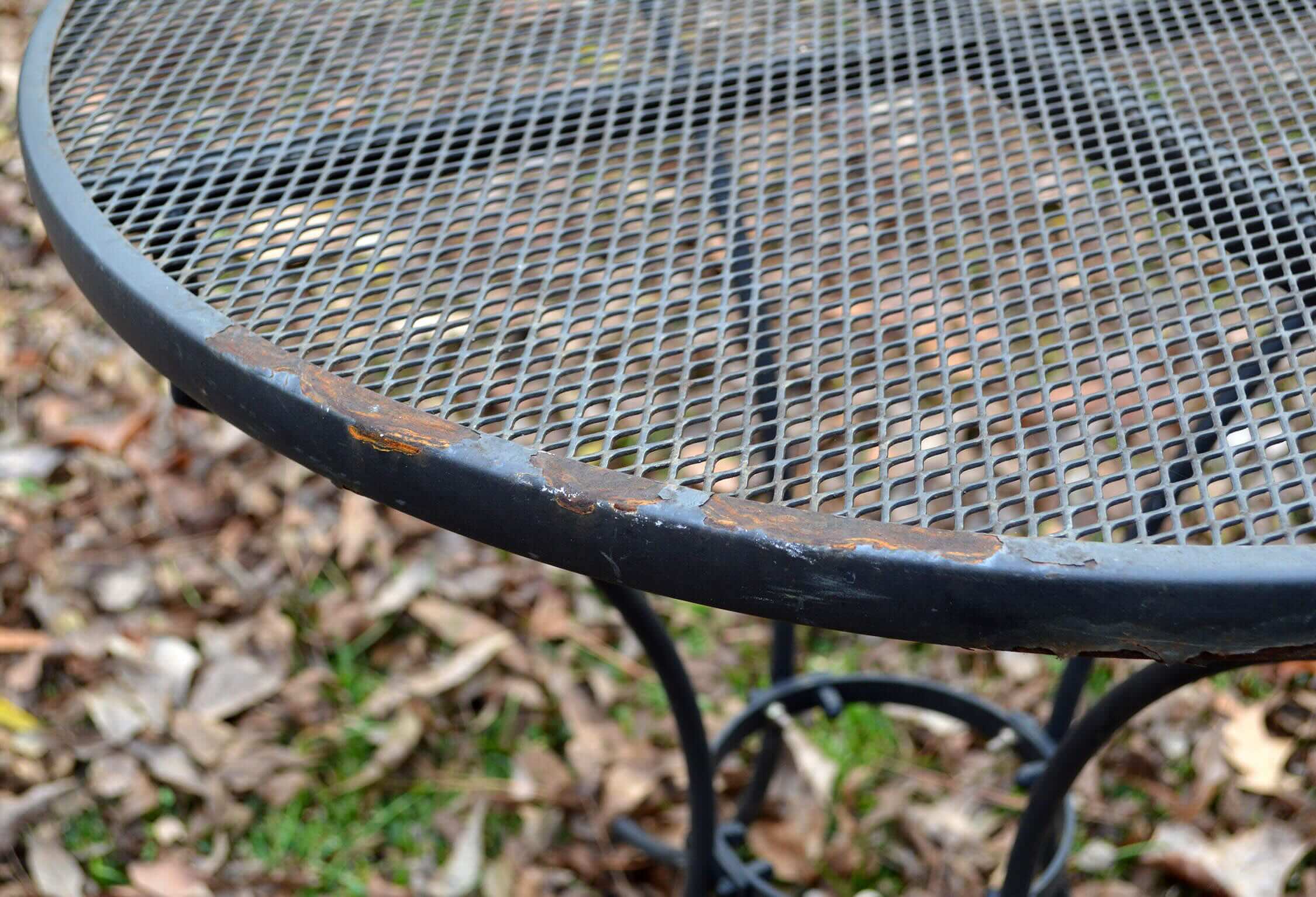

0 thoughts on “How To Protect Outdoor Metal Furniture From Rust”